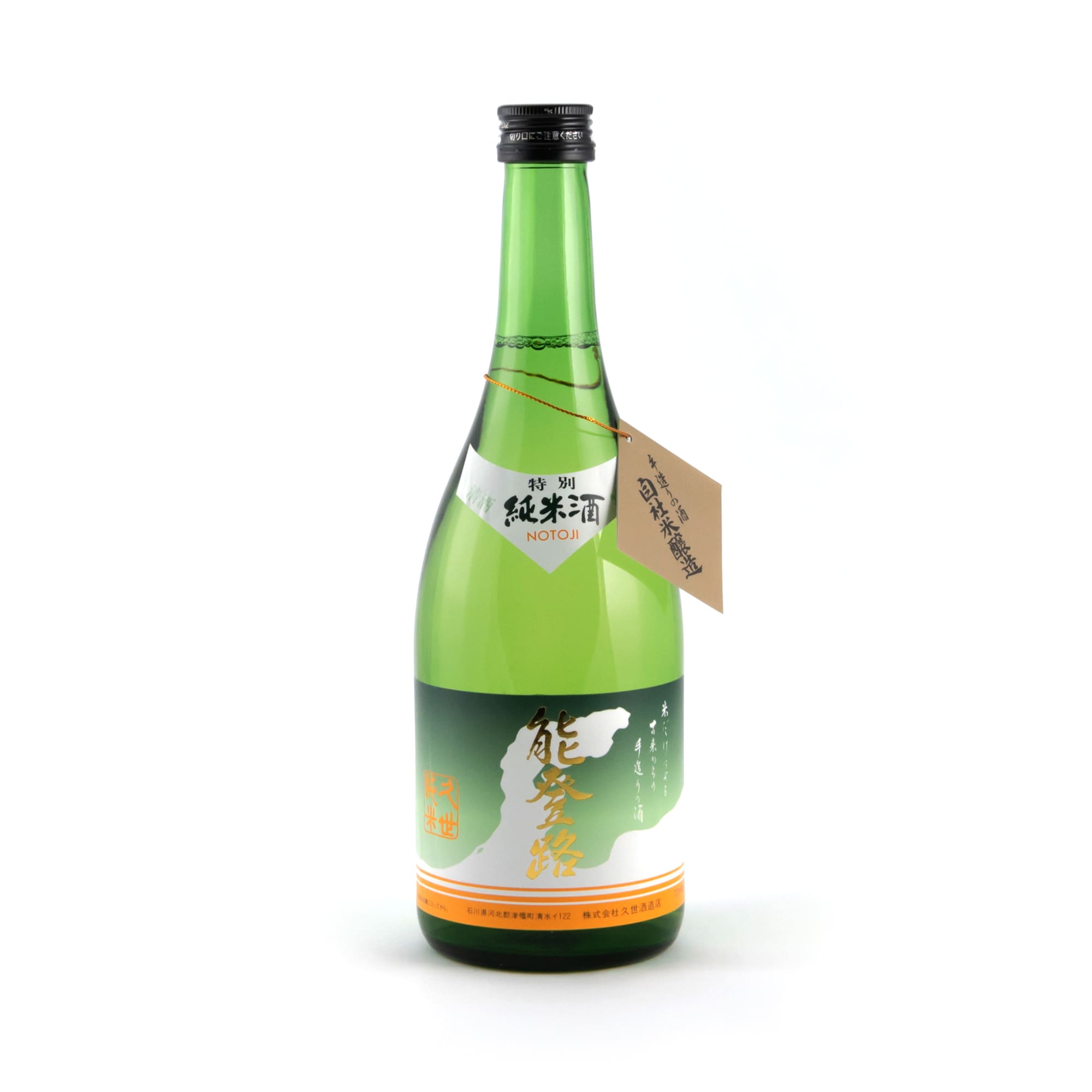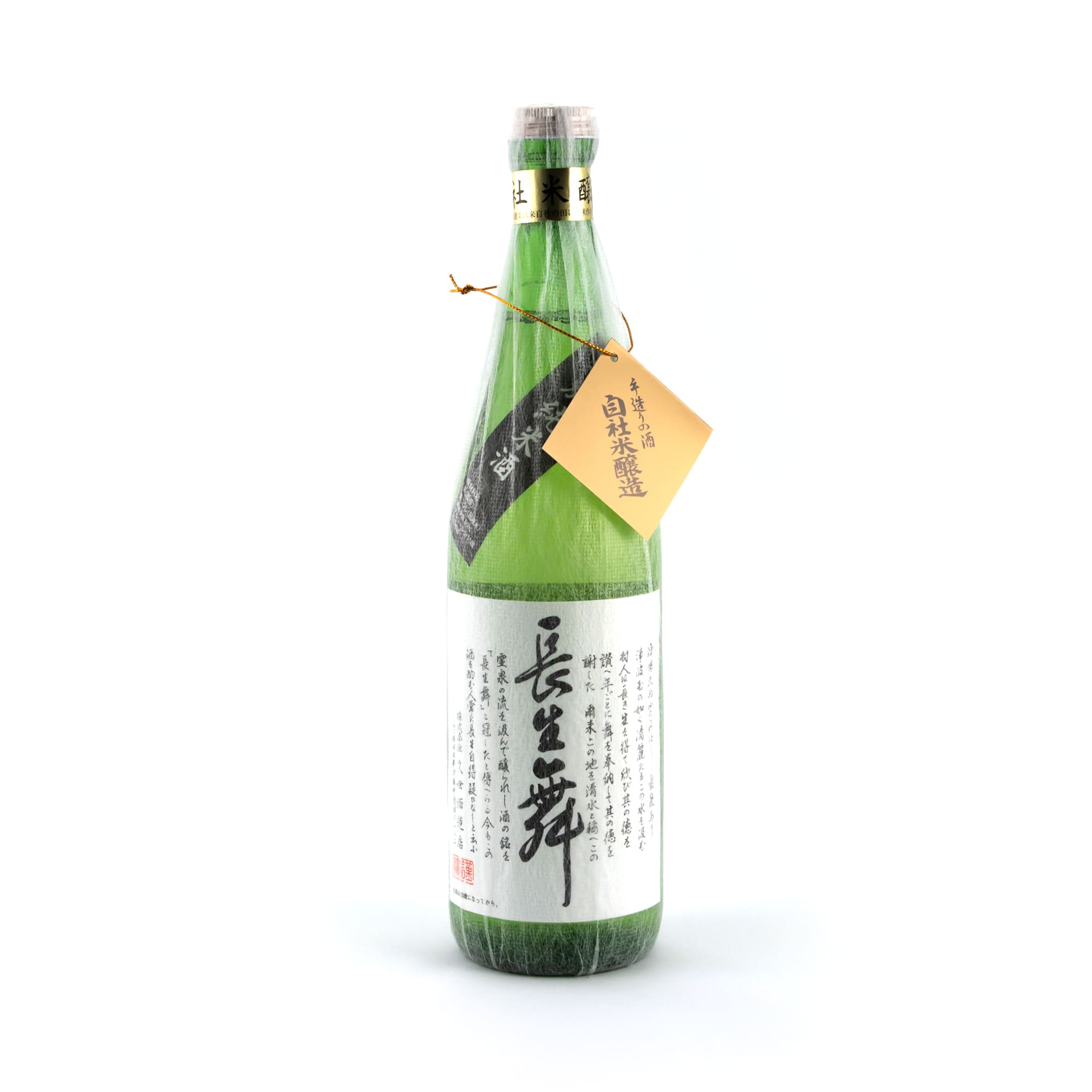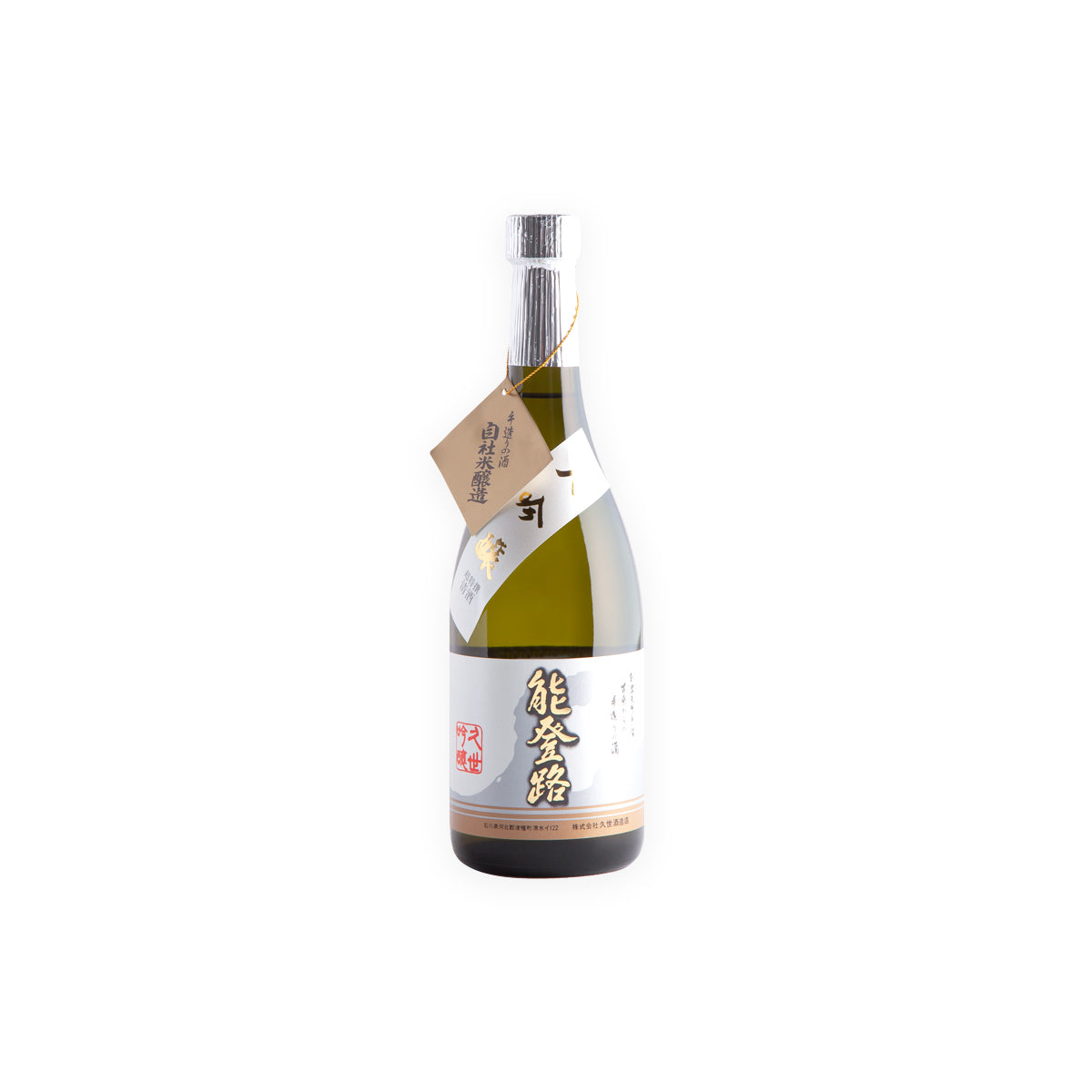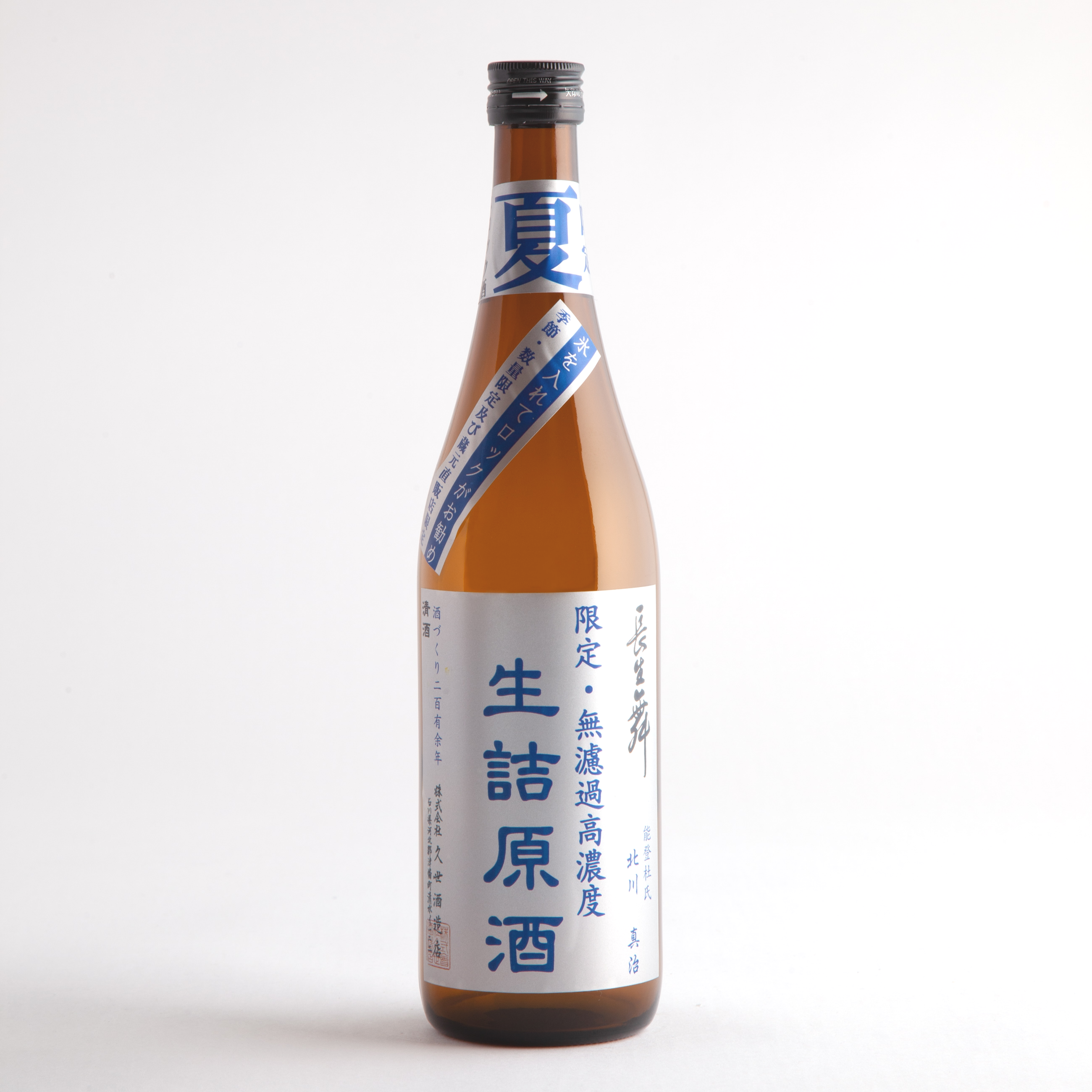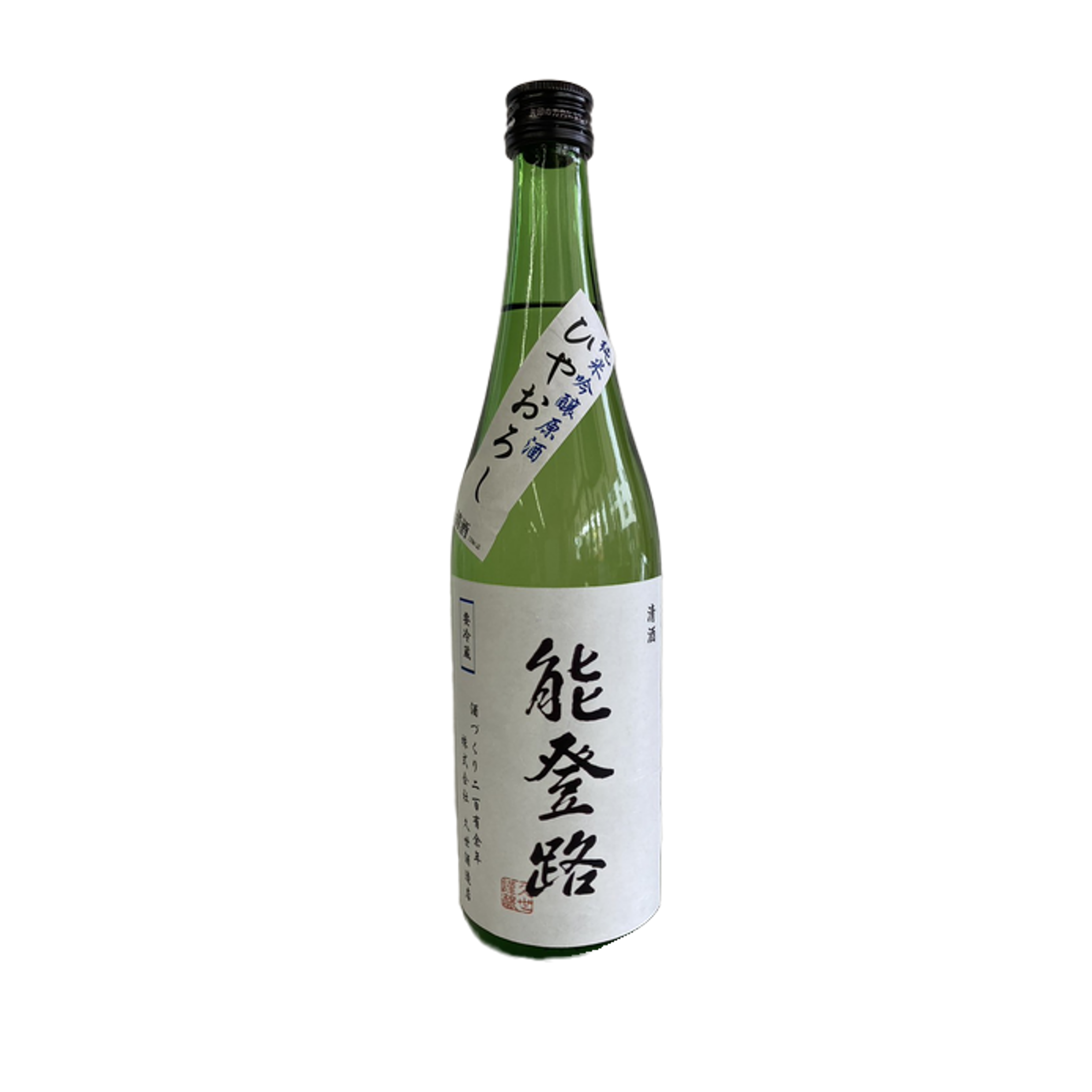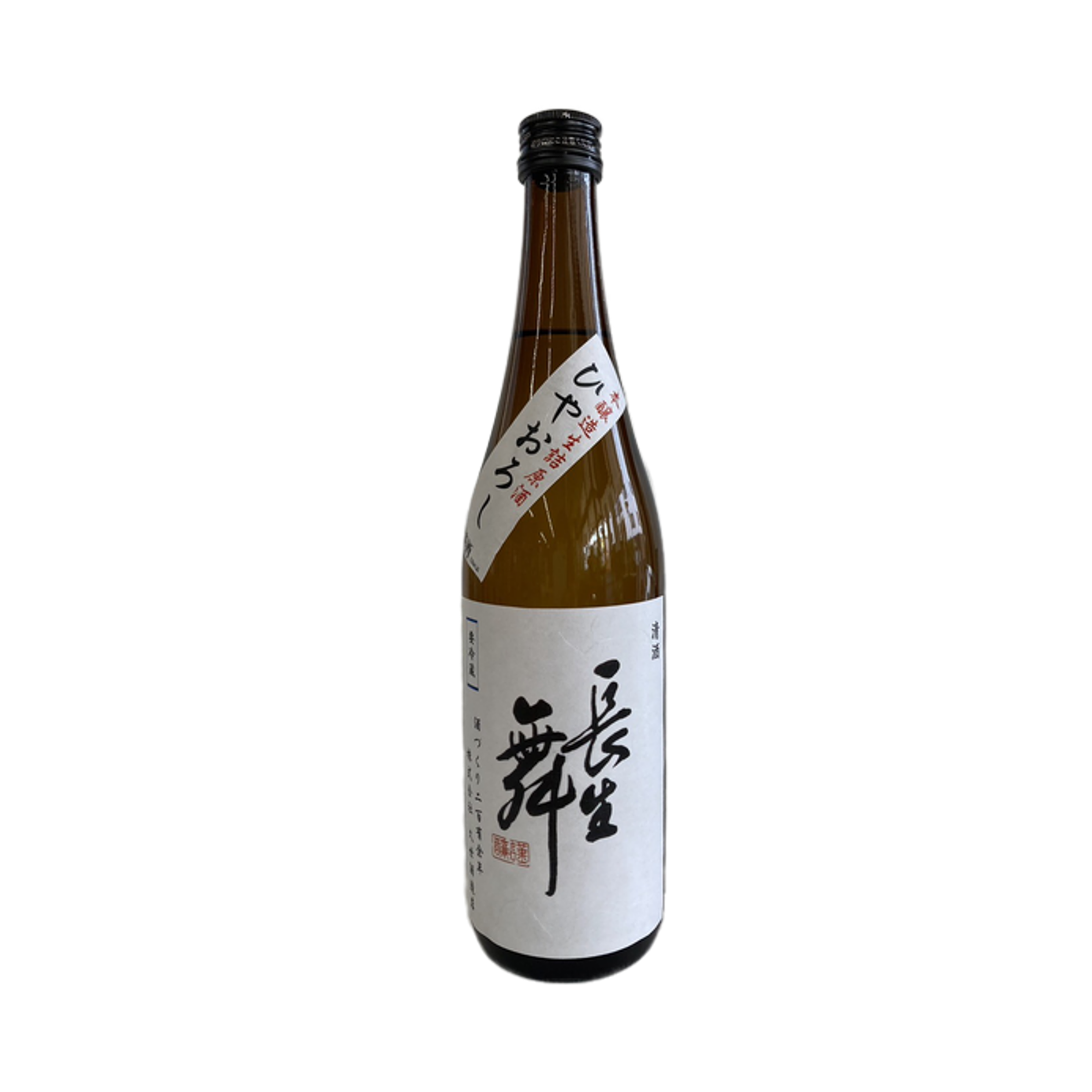
To make good sake, we must first produce good rice.
Committed to consistent agricultural brewing since its inception.
From rice production to brewing and bottling, Kuze Sake Brewery has been engaged in consistent production since its foundation. Unusual for a sake brewery, this brewery has been operating as a Domaine for generations and has been working on brewing sake for the 'future', harmonizing tradition and innovation.
Tsubata, a post town that flourished as a transit point for trade
Tsubata Town in Ishikawa Prefecture has been on the front page of history since ancient times and prospered as an important transportation hub connecting the three provinces of Kaga, Noto, and Ecchu. It is a bustling post town where people and horses come and go, which nurtured a unique culture through the intermingling of various local customs and folklore.

The Kuze family has its roots in the "Hokumen no bushi (北面武士)” who were the imperial guards for the north side of the palace. They served in the entourage of the Emperor Emeritus and were responsible for security and attendant services. During the Edo period, the family was a shipping agency and served as shoya (village headman) for generations. In 1786, a storehouse was built by Kazaemon I, part of a branch family, and turned into a sake brewery once rice was cultivated. Since then, for more than 200 years, the family has been brewing sake made from the rice they cultivate.
Otaya Shopping Street, where Kuze Sake Brewery is located, was the most prosperous place during the post-town period. On the other side of the river that flows along the old Hokuriku Road, teahouses, wooden huts, and stables were lined up, while Honjin (inns for high-ranking officials), Hatago (inns), and Shoya (shops) were lined up in the area where the brewery was located. Honjin is a type of inn where only high-ranking people such as daimyo (feudal lords) and government officials are allowed to stay. The Honjin in the area was a residence of the Maeda family, who ruled the Kaga-han domain, and its representative brand Choseimai is said to have been named by the feudal lord at the time with a wish to "live long, be happy, and dance in praise of his virtues."

A huge cedar ball (*) hanging from the eaves of the brewery tells of the profoundness of Kuze Sake Brewery’s history. Choseimai, which has won numerous awards at the National New Sake Awards, and Notoji, which has an impressively rich and sharp taste, are the two main attractions of the brewery. It is also known for its long-aged Kusu (old sake) ranging from the standard 3-year to 30-year-old ones, which are slowly cured in the back of the brewery where the room temperature is kept constant, and the taste is highly regarded by sake lovers for being mellow and full of tenderness. The recent collaboration with "Sengoku no Arcadia" by Reiji Matsumoto, the master manga creator of many popular manga, has attracted attention all over the world.
* A sculpture made by collecting cedar leaves and forming them into a spherical shape. A green cedar ball is hung under the eaves to signify that new sake is ready.

Using different rice and water depending on the intended type of sake
Original sake rice carefully cultivated in its own fields and the use of two types of water with different properties to brew sake are the brewery’s greatest features. There are no other sake breweries in the country that have continued to brew their own sake with their own rice since their founding, and only a few breweries use both hard and soft natural water for different processes. This brewery is the real terroir that breweries across the country dream of.
“To make good sake, we must first produce good rice,” says the ninth-generation brewer, who has been managing the brewery since 2019, Mr. Yoshihiro Kuze. After graduating from university, he worked for a company in Tokyo for a while but returned to his hometown of Ishikawa to take over the family business. While he pours his heart and soul into sake brewing, which has been passed down for generations, he also manages a bar specializing in shrimp to revitalize the local food culture.

The sake rice cultivated by the Kuze family for generations is called "Choseimai (long life rice)," and it is highly regarded as suitable for sake brewing because it has a large grain size and a firm Shinpaku (the core of a rice grain) and is easy to obtain taste. On the other hand, compared to other Sakamai (sake rice), it is softer and easily dissolves in water, so brewing it requires considerable skill. This is the reason for its unique taste.
Even today, Choseimai is carefully cultivated and improved upon through selective plant breeding, but in addition to this, Shuzo-kotekimai (rice suitable for sake brewing) produced locally in Ishikawa such as Ishikawamon and Gohyakumangoku are also used. In addition, Yamada Nishiki, which is known as the highest grade of sake rice, is used for Daiginjo (top-quality sake which polishes away at least 50% of the rice’s outer layers) for a refined aroma and rich Umami. In order to brew good sake, it is necessary to have the flexibility to carefully select sake rice that suits the desired quality, instead of just sticking to your own rice.

For the Shikomi-mizu (mother water), water with a high level of hardness is drawn up from a well on the premises of the brewery, and fresh water with a low level of hardness is obtained from a spring, which is located about 700 meters away from the brewery. This spring water has been used since the brewery was founded, and an anecdote has been passed down that on cold winter mornings, high-spirited Kurabito (brewery workers) “exposed a shoulder” (rolled up their sleeves) with bare feet and brought the water from the spring to the sake brewery.
“Traditionally, sake made with hard water has been called ‘Otokozake’ (men’s sake), and sake made with soft water has been called ‘Onnazake’ (women’s sake). Otokozake has a firm taste, while Onnazake has a soft and gentle taste. We blend these two types of water according to the quality of the sake and also use both water types for the brewery preparation process while considering their differences. We also have sake made from the same sake rice but using different water, so we can enjoy the different flavors coming from the different ingredient combinations", says Mr. Kuze.
Choseimai, which is made with soft water, is soft and rich, while Notoji, which is made with hard water, has a sharp taste. Both have the same alcohol content. It’s really interesting to know that the taste of sake is influenced so much by the water used to brew it.

The sake brewing techniques of the Kuze Sake Brewery have been passed down from generation to generation by the Noto Toji family. There are many skilled Toji (sake master) groups all over Japan, but the Noto Toji, who have their roots in the Noto region of Ishikawa Prefecture, is said to be one of Japan's leading master brewers for their rich sake quality. Kuze Sake Brewery has continued to brew sake together with the Noto Toji family.

We brew sake with all our heart, hoping for long the life of the drinkers
At the arrangement of Mr. Kuze, I enjoyed a tour of the brewery. It was late March. At the end of the brewing process, bottles to be shipped were lined up in a corner of the brewery, and the Kurabito were labelling them one by one. From rice production to brewing as well as bottling, this was a daily sight of the Domaine, which has been engaged in integrated production since its founding.
At the back of the brewery, there are tanks for storing unprocessed sake. It was cool and chilly there, despite the spring weather. This is because the temperature inside is kept constant regardless of the outside temperature due to Dozo-zukuri (earthen-walled storehouse-style construction). Temperature control is the key to sake brewing. It is said that Kuze Sake Brewery has established a brewing schedule centered around Daiginjo because, especially for Daiginjo, the quality of the Ginjo (brewed) aroma produced by the yeast is a major factor. The coldest months of the year, January and February, when there’s heavy snowfall, is the peak season for Daiginjo brewing.

"There used to be a number of sake breweries in this area. The number of them has rapidly been decreasing as times have changed, and now only our brewery continues to brew sake. What makes this possible is the spirit of challenge that we have valued for generations. I think that our attitude of taking on the challenge of sake brewing with originality and ingenuity, not just inheriting the history that has been passed down, has led us to the present day. It is our pleasure to see people smile and feel at peace when they drink sake. Looking ahead to the future, we will continue to overcome new challenges for improving sake rice and products and develop new ones.” said Mr. Kuze
As Mr. Kuze prays to the god of sake brewing, he may have an idea for what his next challenge will be.

Kuze Shuzo - 株式会社久世酒造店
Products
